Faculty
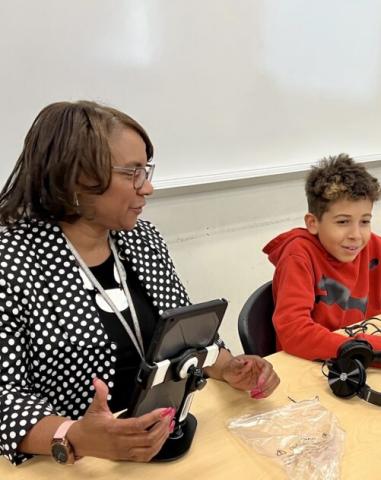

PolicyCraft
PROJECTCommunity and organizational policies are typically designed in a top-down, centralized fashion, with limited input from impacted stakeholders. This can r...
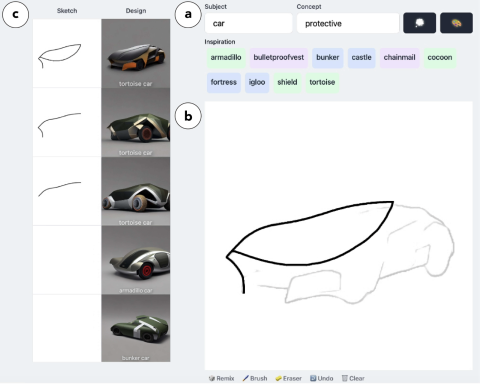
Inkspire
PROJECTWith recent advancements in the capabilities of Text-to-Image (T2I) AI models, product designers...
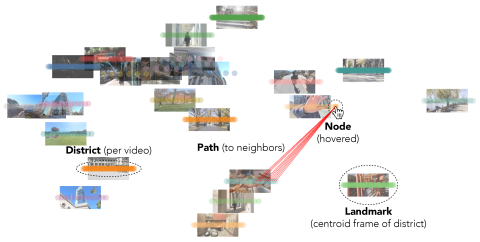
VideoMap
PROJECTVideo editing is a creative and complex endeavor and we believe that there is potential for reim...
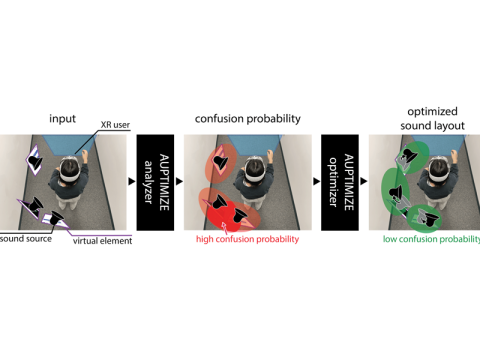
Auptimize
PROJECTSpatial audio in Extended Reality (XR) provides users with better awareness of where virtual ele...

PrISM: Procedural Interaction from Sensing Module
PROJECTThere are numerous complex tasks in everyday life, from cooking to medical self-care, that involve a series of atomic steps. Properly executing these step...
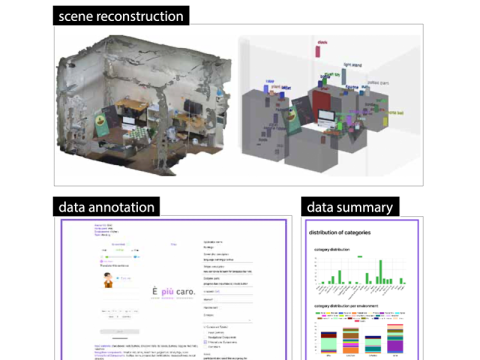
MineXR
PROJECTExtended Reality (XR) interfaces offer engaging user experiences, but their effective design requir...

Accelerated Software Testing
PROJECTThe United States spends more than $48 billion/year on software testing, and many powerful testing tools have significant usability barriers that limit th...

Echo of the Abyss
PROJECTEcho of the Abyss is a Virtual Reality (VR) experience that uses animal guides and immersive environments to cultivate a sense of kinship towards marine l...
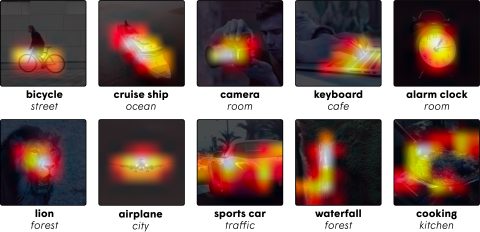
Soundify
PROJECTIn the art of video editing, sound is really half the story. Through formative interviews with professional editors (N=10), we found that the manual task ...
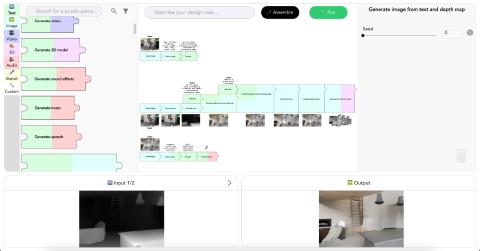
Jigsaw: Supporting Designers to Prototype Multimodal Applications by Assembling AI Foundation Models
PROJECTRecent advancements in AI foundation models have made it possible for them to be utilized off-the-shelf for creative tasks, including ideating design conc...
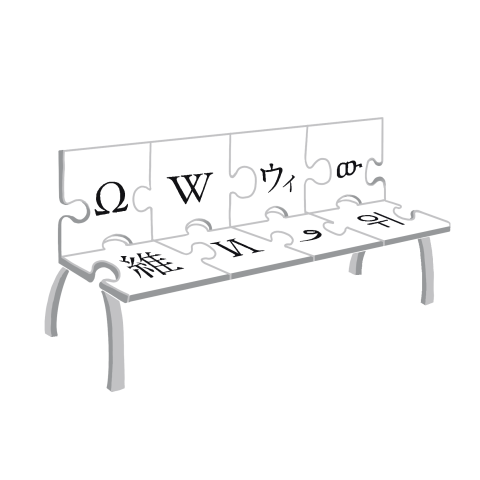
Wikibench
PROJECTAI tools are increasingly deployed in community contexts. However, datasets used to evaluate AI are typically created by developers and annotators outside...

